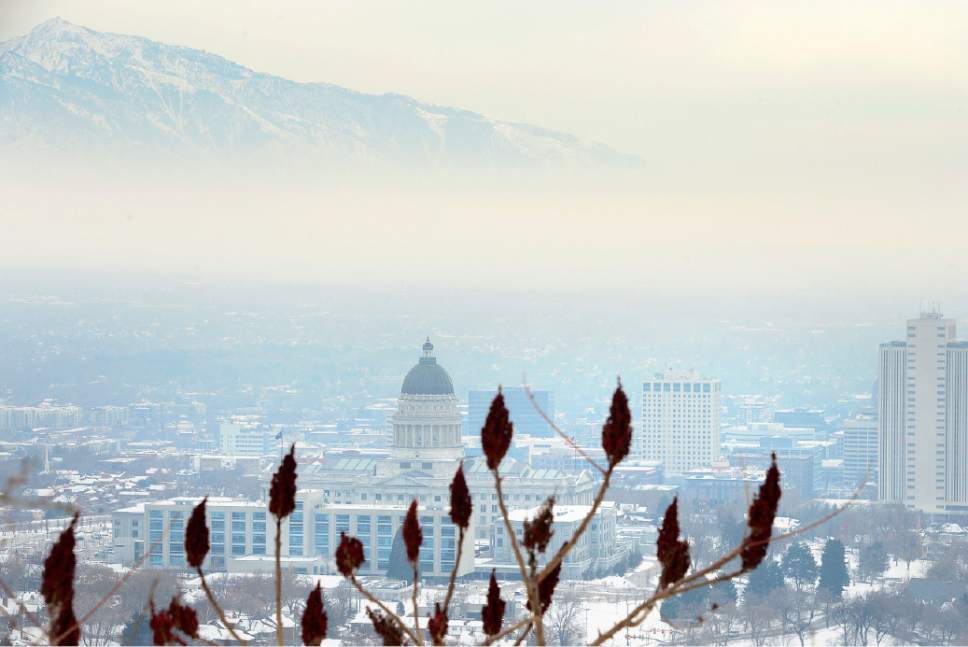This is an archived article that was published on sltrib.com in 2016, and information in the article may be outdated. It is provided only for personal research purposes and may not be reprinted.
Protecting the lives and safety of the public is a core function of government at all levels.
Gov. Gary Herbert recognized that when he chose to put into his proposed state budget much of the limited increase in state revenue — other than income tax funds that are constitutionally tied to education — into such public safety operations as the Utah Highway Patrol and the Department of Corrections.
And it is also the reason why Herbert will once again ask the Legislature to upgrade the state's capacity to monitor the quality of its air and water and to take corrective action when that monitoring detects a problem.
Doing what we can to keep our air and water clean may not give some people the stirring feeling of having stood up to the criminal element. But the fact is that our foul air and polluted waterways pose at least as much of a threat to the health and safety of Utahns of all walks of life as do any number of gangs, thugs and thieves.
So while Herbert is correct to try to improve the paltry pay of patrol and corrections officers, it is just as important that the Legislature approve — or improve — his requests to pay for new and improved air and water monitoring systems.
In his last budget request, the governor sought $2.2 million to upgrade the state's shockingly sparse air monitoring system. Lawmakers coughed up $1 million. That left the folks at the Department of Environmental Quality patching up old and obsolete air monitors, devices that often claimed pollution levels in certain spots were nil when anyone with eyes would know the air was particularly dirty that day.
Monitoring the actual status of Utah's air quality is crucial because the really hazardous chemicals that float there are not just those that arose from our tailpipes and chimneys. They are the result of chemical reactions that happen when combinations of various substances and sunlight are present.
This time, the budget proposes $1.45 million for new and upgraded air quality monitors and another $123,000 for responding to such emergencies as the algal bloom that poisoned the water in and around Utah Lake last summer.
Even with the improvements the governor recommends, Utah will lack the kind of real-time air and water monitoring we would have if we lived in a high-tech television program instead of real life.
Collecting, analyzing and acting on such data is a core competency of government. The governor has called for improvements in that area. The Legislature should grant no less.



